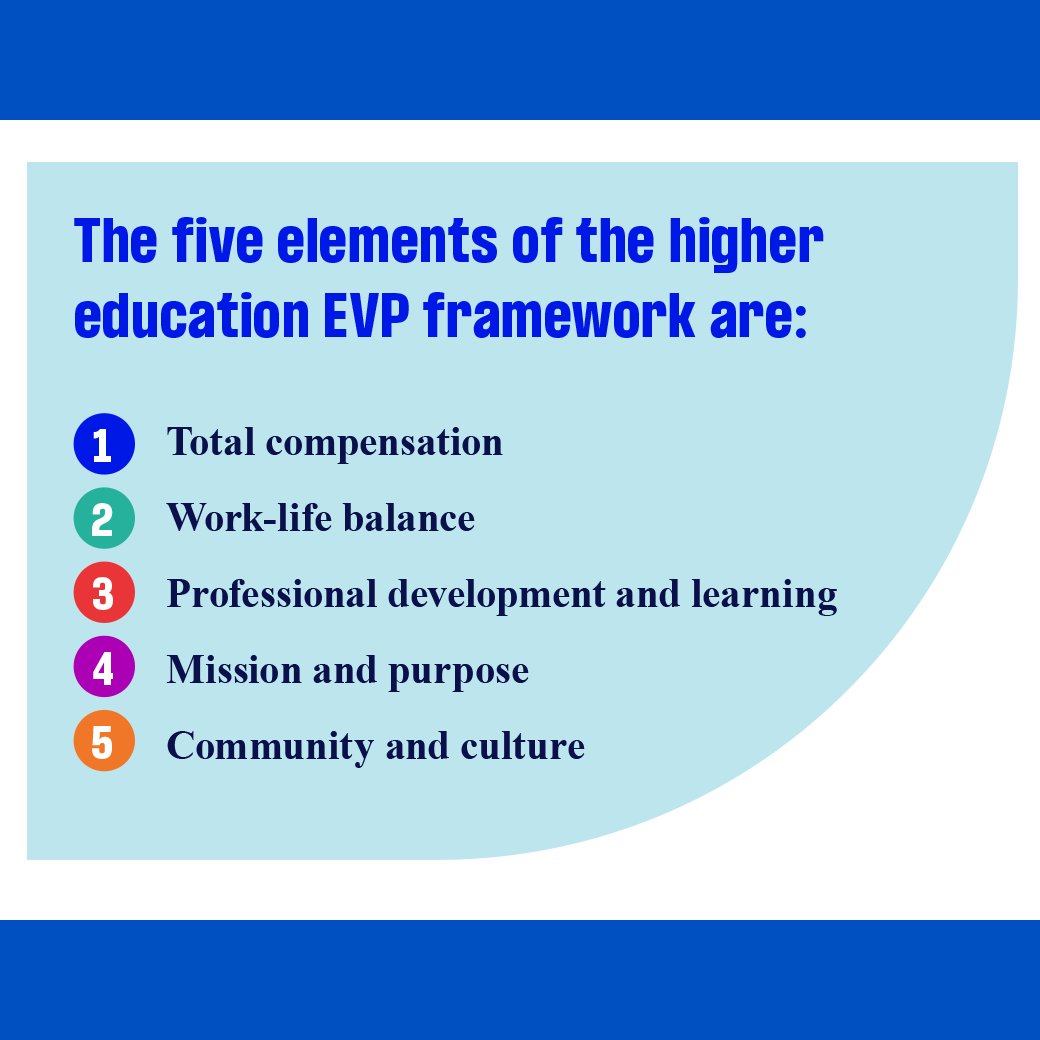The workforce recruitment and retention challenges facing higher education today threaten its ability to thrive and fulfill its mission.
Summary
The TIAA Institute has launched a research initiative to help the higher education sector be more successful in the competition for talent by deepening understanding of potential and current employees' job choices, and what people expect to gain in return for the work they do. Colleges and universities can use this knowledge to create an employee value proposition (EVP)—a tool commonly used in the corporate realm—that clearly conveys the tangible and intangible rewards and benefits of working at an institution.
Key Insights
- The pandemic has created a new workforce dynamic, shifting workers' priorities and chipping away at higher education's employment advantages.
- EVPs appear to be rare in higher education; no institution in our research sample reported having an EVP that explicitly presents why someone would want to work there.
- Effective EVPs address five elements: total compensation, work-life balance, professional development and learning, mission and purpose, and community and culture.
- Early movers in higher education stand to benefit from developing an EVP ahead of their peers.





